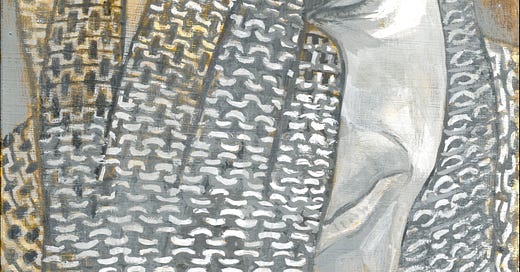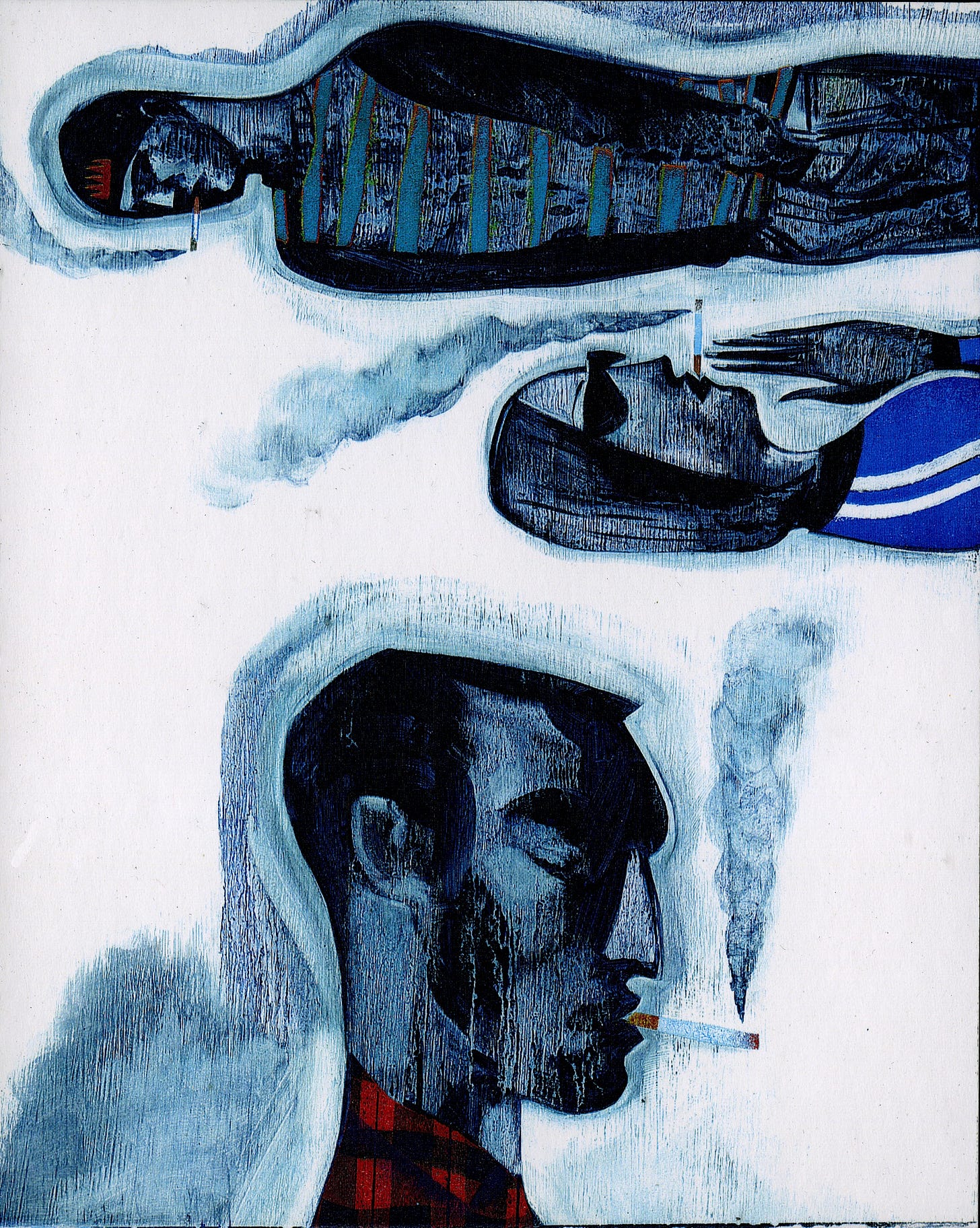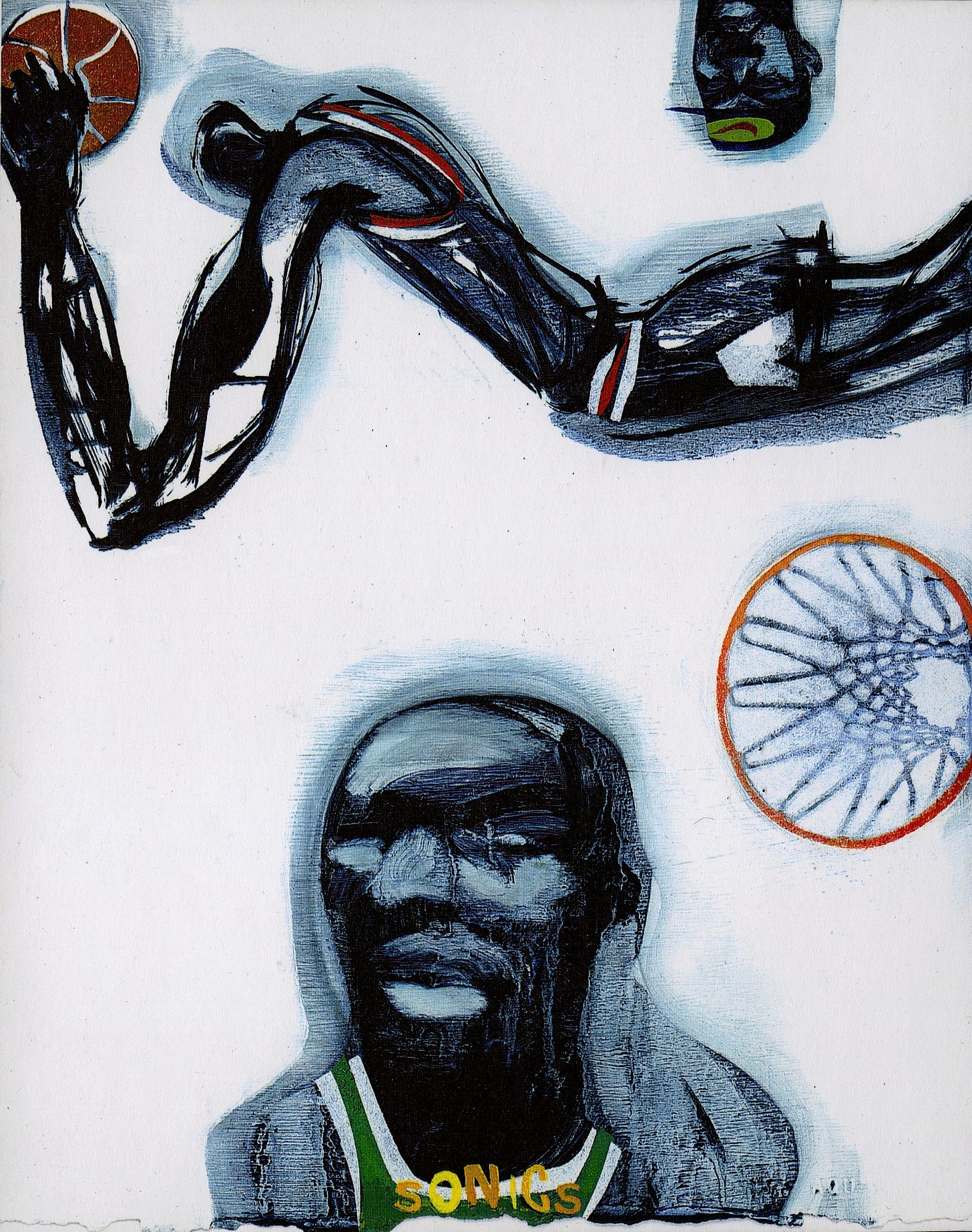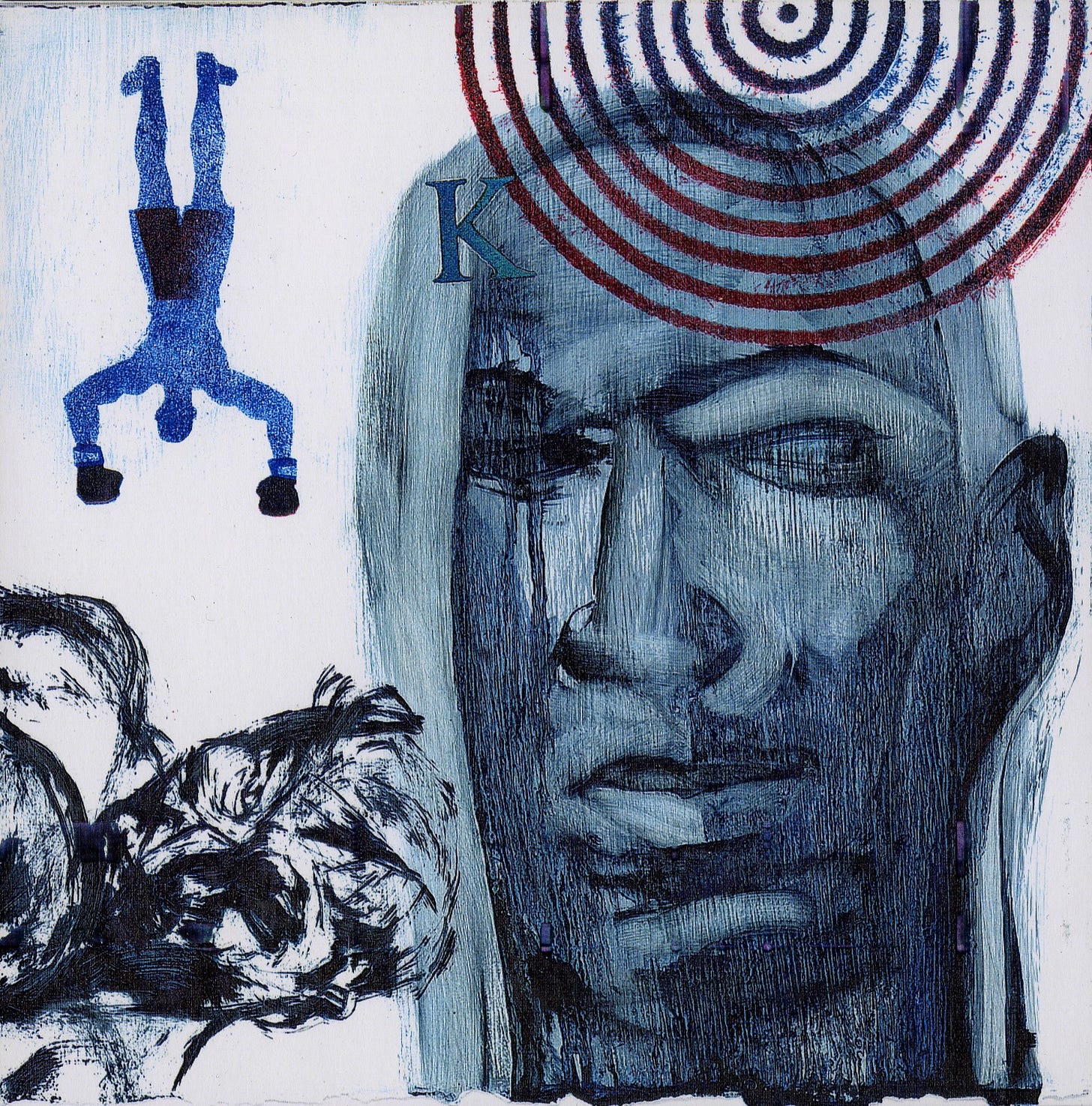The challenge of teaching life drawing is interacting with students with varying degrees of interest in drawing outside the box they came into the studio with. I work with a different set of practitioners than a Fine Arts program. I teach in an Illustration program where the entry requirements ask for demonstrated interest and experience in observational drawing. The students arrive with skills that provide a thin hard shell of imagery that is their armour of self esteem.
A side note on armour. When I was a kid, I played ice hockey and our helmets were styrofoam covered in thin plastic, no face covering, with lousy protection everywhere else. We kept our sticks down, the puck on the ice, and no bone crunching checking against the boards. When I helped coach my son beginning at age 9, we had 3 concussions in 1 game. This was before checking was finally banned for under 13 year old players in Canada. Dress a 9 or 10 year old like a gladiator and they think they are indestructible.
My students visual armour offers a similar unintended effect. Their images especially with Instagram reinforcement are incentivized by the least interesting thing about their work—-how well it reflects everything else on offer online. Convincing someone to lower their armour especially when it’s perceived to be knitted into the skin of their identity is the first task in the studio. I mention the studio because the physical space is a critical partner in the disarming of the student.
There is a distance between the student and the practice of drawing as a way to express meaning. The mistake is to start with meaning, this will only convince them to hug their armour tighter. Ironic that trust online is so easily won and in person an arduous process. I begin with the sensory motor loop of cognition between the student and their pad of paper. The novelty of the questions asked, the studio space—purpose built for observation, the life model—incredible partners in this process, and the peripheral activity of their peers, begins a physical engagement, and a hands-on break with the framing they are grasping onto. Once this muscle memory in the studio is experienced, there is an opportunity for a heightened inner and outer dialogue with the drawing as process and as a record of their enhanced attention.
Meaning is built from participation and action that is at the heart of practice. Drawing has the dual purpose of focusing your attention and dynamically expressing your viewpoint—active observation and physical engagement with a subject. As I explore cognitive science, philosophy, and epistemology, I see the value of the practice of drawing as a path that provides insight into ourselves and our relationship to meaning making.
There are a lot of speculative views about the future of creativity as A.I. becomes more pervasive—-I shared one last week. A recent interview with David Lee, the CCO of Squarespace on It’s Nice That, takes the bespoke, human craft angle…
David predicts a future where human craftsmanship and human creativity are valued above Al-generated content. "I actually believe all these Al tools will be for the masses," he says. "People in the future will pay a premium for handmade craft and creativity, because there's a story attached to it. People who can craft things with their hands, that will be the new luxury in the future."
He goes on to use luxury fashion brands as an example and realizes this means very few people will be in this cloistered elite. I’m not a fan of lottery culture or a Hunger Games for creatives, we need to do better than to give up on meaning making for the majority of people and the quality of everyone’s life. Look at where we are now and A.I. hasn’t even begun it’s wholesale disruption of work, entertainment, and education. His view also abandons one of the most critical roles that design and visual communication provides—-a meaningful engagement with each other and the world.
Next week I will do a deep dive on one of the most seminal design figures of the early 20th century, he changed everything. I think he will cast some light on our advancing future with A.I.








